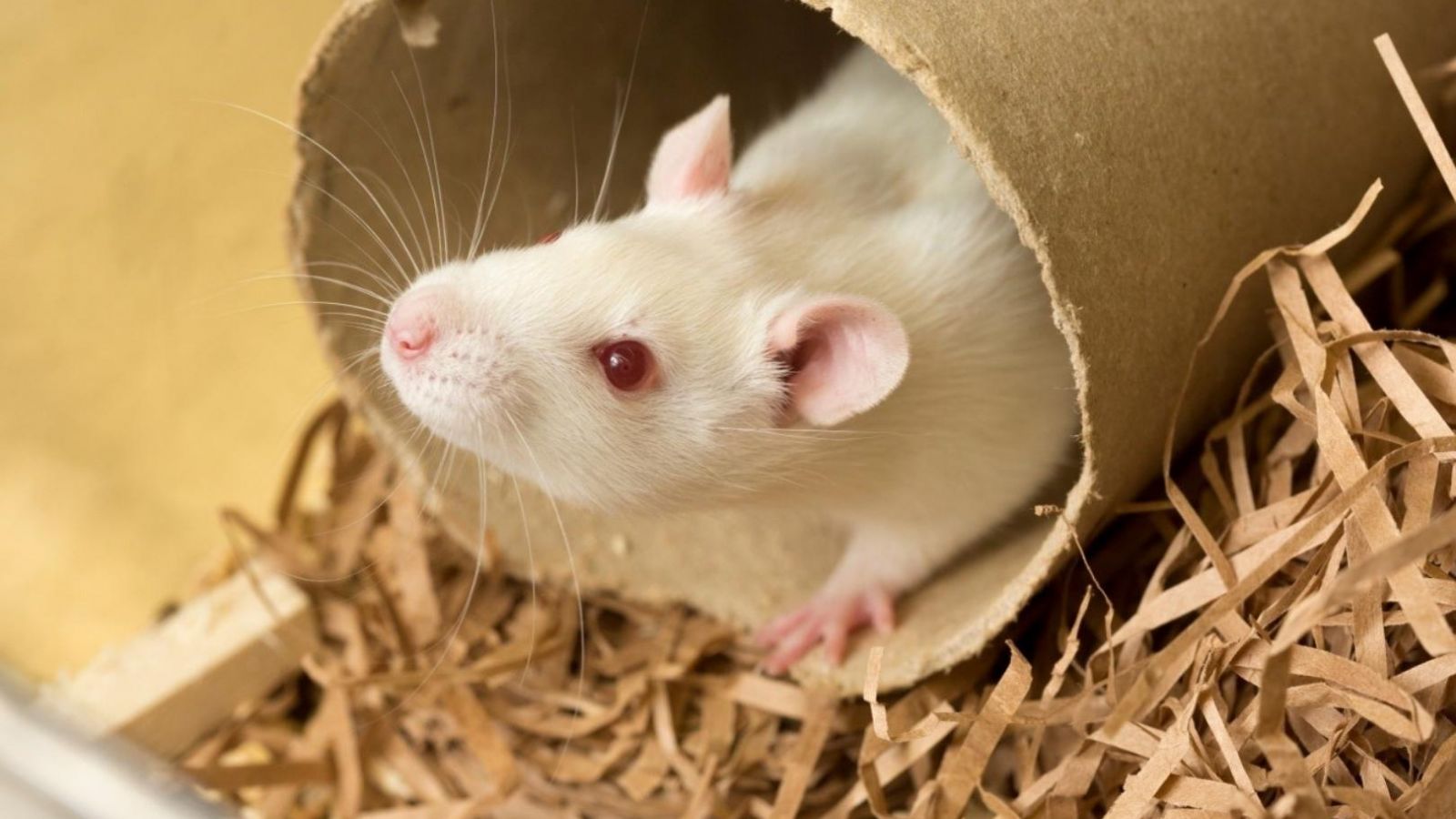What is a procedure?
The term ‘procedure’ refers to any act that may cause an animal a level of pain, suffering or distress equivalent to or greater than the introduction of a hypodermic needle.
The Home Office licenses all scientific procedures in the UK, under the Animals (Scientific Procedures) Act of 1986. It is illegal to conduct any scientific procedures on an animal protected by the law. All living vertebrates (any animal with a spine) are covered by this law. This includes every animal from mice and fish, to monkeys and elephants. The law also covers living cephalopods: squid, cuttlefish and octopuses.
Once a year the Home Office release the number of procedures that have been licenced for the previous year. For more information on the number of animals used in the UK, including severity statistics, see here.
A procedure can be as mild as an injection, or as severe as an organ transplant. Breeding a genetically modified animal is also classed as a procedure, as genetic changes to the normal appearance or ‘phenotype’ of an animal may cause suffering. Procedures can be part of animal husbandry within a laboratory, as well as part of scientific experiments. All experiments involve procedures, but not all procedures are experiments.
Examples of procedures
Procedures are classified as 'sub-threshold', ‘mild’, ‘moderate’, ‘severe’ or ‘non-recovery’ based upon the degree of pain, suffering, distress or lasting harm that the animal is expected to experience. The expected severity of a procedure is currently determined during the licence application.
Project licences are also grouped into mild, moderate, severe and non-recovery bands. As licences may include more than one procedure, their severity bands refer to the average level of suffering that animals experience during those procedures.
Reducing suffering during experiments
The welfare of the animals used in research is extremely important. Efforts are made to minimise the pain or distress experienced by laboratory animals. This is both ethically important, and important for the outcomes of the research. Reducing the suffering and distress experienced by laboratory animals can increase the reliability and validity of experimental results.




